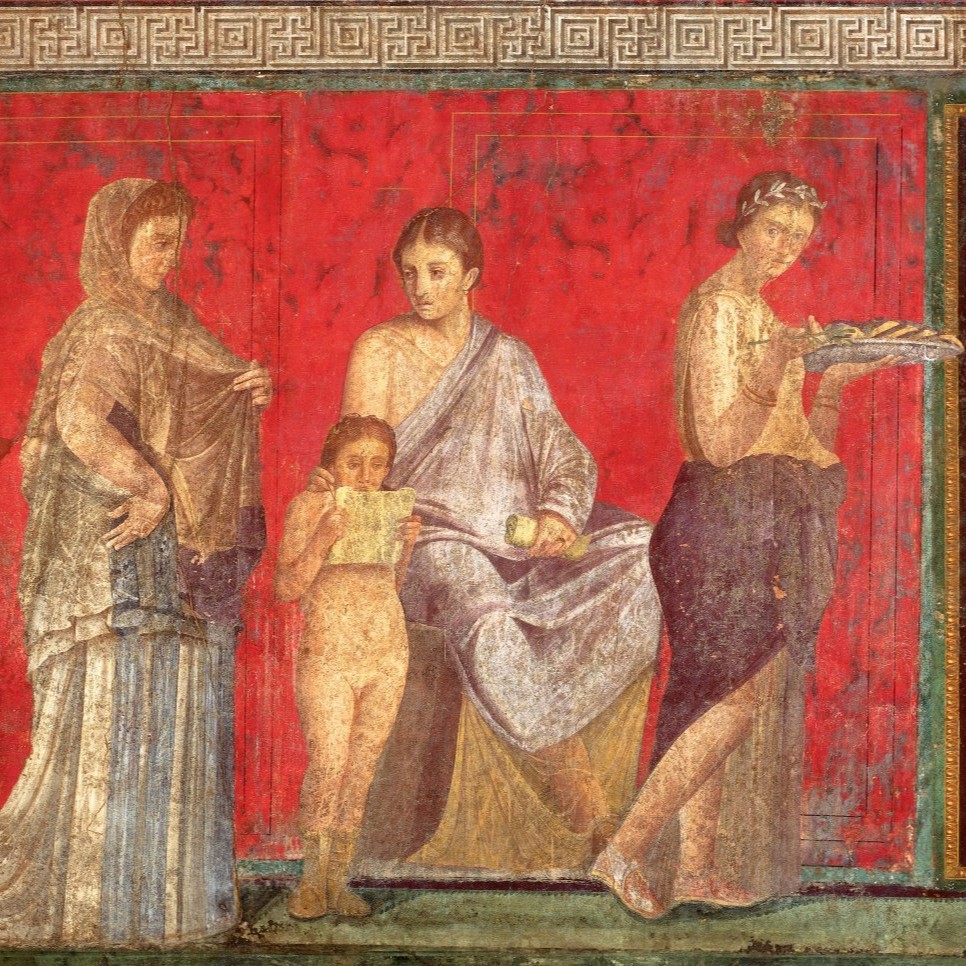
Translated from French with DeepL (please notify us of errors)
When Alexander the Great’s soldiers invaded the territory stretching from the Caspian Sea to the Persian Gulf, around 331 BC, they discovered a shrub that bore oblong fruit with a rough rind, a bright yellow colour and a very pleasant fragrance. Such a beautiful find was obviously part of the luggage on the way back to Greece. The citron (citrus medica), which the Greeks called the “Median” or “Persian” apple tree, depending on where it was discovered, was the first citrus fruit to become established on the western shores of the Mediterranean.
Yes: orange and lemon trees were not yet part of the landscape at that time… but let’s not be too hasty.
When, at the end of the 4th century B.C., the Greek scholar Theophrastus mentions the citron tree, he describes it in these terms: “The fruit is not eaten, but it is very fragrant, as are the leaves of the tree, and, if placed in the middle of clothes, it keeps them safe from worms.[1] Not only does citron keep vermin at bay, but it also saves lives in the event of poisoning: ‘when taken in wine, it acts violently on the stomach and makes the poison disappear’. The list of medicinal virtues attributed to citrus fruit does not end there. Ancient authors list no less than sixteen. Only one other is mentioned here: the inside of the fruit, cooked to form a chewing paste, is used to perfume the breath.
Until the end of Antiquity, these qualities were constantly reaffirmed. More than four centuries after Theophrastus, the Roman naturalist Pliny the Elder took up the words of his predecessor almost to the letter. He does not quote him, but uses the name of the citron tree in the passage concerned, based on the place of discovery by Alexander the Great, the Assyrian or Median apple tree[2].
From the end of the first century BC, however, the Romans adopted another name which Pliny also uses: citrea and citrus, for the plant and the fruit respectively. This name comes, according to a credible hypothesis, from the land of the Pharaohs. Its Roman adoption coincides with the annexation of Egypt as a Roman province after the death of Cleopatra. Indeed, the Egyptians, like the Jews, had known about the citron even longer than the Greeks, their history having intersected with that of the Assyrians and Persians several centuries before Alexander. The remains of citron pollen found in a Persian royal garden near Jerusalem, dating from the 5th century BC, are the oldest archaeobotanical evidence of citrus medica in the Mediterranean basin.

As we have seen, the Greeks do not eat citron. But habits will gradually change. It was the white flesh of the fruit – still used today in confectionery – that was eaten, and not the pulp, which was too bitter. In the 1st century, Apicius only mentions the citron in a passage describing how to preserve the fruit and in two recipes, one very simple and the other rather convoluted[3].
A century or so later, Athenaeus of Naucratis took it for granted that the citron could be eaten, but he recalled that “no one ate it in the days of our forefathers; but it was put in chests, with the clothes, as a very precious thing.”.[4] This change can be explained in several ways. It is possible that tastes have changed, but it is also possible that new, more edible varieties have gradually spread, while continuing to bear the same generic name.
It should be pointed out here that, although citrus fruits, especially the citron, came to the Mediterranean via the Middle East, all the varieties originated in Asia: north-east India and China, Burma and the Malay Archipelago. For a long time, it was thought that only the citron was known in the Roman world. The spread of most citrus fruits was attributed to the Muslim conquest in the 10th century. However, the most recent scientific research has changed all that.
For example, lemon seeds were recently found in the Forum in Rome. They date back to the end of the first century. In 2020, the University of Naples published the results of a study of pollen grains exhumed at Oplontis, one of the sites buried by the eruption of Vesuvius in 79. The scientists identified pollens of citron, of course, but also lemon (citrus limon) and even mandarin (citrus reticula). These results confirm the interpretation of a mosaic from the end of the first century that can be admired in the Roman museum of Palazzo Massimo alle Terme in Rome: in a basket of fruit, a lemon and a citron can be seen in great detail.
It is therefore certain that the Romans knew most of the varieties of citrus fruit that we have today. However, they were never cultivated on a large scale, which explains why, with the exception of the citron, they are not mentioned by Latin authors. These fruits were a rare luxury for the Roman elites. They disappeared with them, only to reappear centuries later by other means.
[1] Theophrastus, Περὶ Φυτῶν Ιστορίας (Historia plantarum) IV, IV, 2-3.
[2] Pliny the Elder, Naturalis historia, XII, VII. Malus Assyria, quam alii Medicam vocant, venenis medetur. folium eius est unedonis intercurrentibus spinis. pomum ipsum alias non manditur, odore praecellit foliorum quoque, qui transit in vestes una conditus arcetque animalium noxia.
“The Assyrian apple tree, also known as the Medici tree (lemon tree), is a remedy against poisons. The leaf is that of the arbutus tree. Spines are scattered throughout. The fruit, moreover, is not eaten; the odour is excellent, as is that of the leaves; it penetrates the cloths with which it is enclosed, and keeps away harmful insects”.
[3] Marcus Gavius Apicius, De re coquinaria, I,XII,1 (22); III,V,1 (81); IV,III,5 (169)
[4] Athenaeus, Deipnosophists, III, 26. (…) ὁπότε γε καὶ μέχρι τῶν κατὰ τοὺς πάππους ἡμῶν χρόνων οὐδεὶς ἤσθιεν, ἀλλ´ ὥς τι μέγα κειμήλιον ἀπετίθεντο ἐν ταῖς κιβωτοῖς μετὰ τῶν ἱματίων.
Sources
- Barone Lumaga, M.R., Russo Ermolli, E., Menale, B. et al. Exine morphometric analysis as a new tool for Citrus species identification: a case study from Oplontis (Vesuvius area, Italy). Veget Hist Archaeobot 29, 671–680 (2020): https://doi.org/10.1007/s00334-020-00771-5
- Clémence Pagnoux, Investigating the introduction of citrus fruit in the Western Mediterranean according to ancient Greek and Latin texts In : AGRUMED: Archaeology and history of citrus fruit in the Mediterranean: Acclimatization, diversifications, uses [en ligne]. Naples: Publications du Centre Jean Bérard, 2017: https://doi.org/10.4000/books.pcjb.2186.
- Dafna Langgut, The Citrus Route Revealed: From Southeast Asia into the Mediterranean, in HortScience, Volume 52: Issue 6 (Jun 2017): https://doi.org/10.21273/HORTSCI11023-16
- Victor Loret, Le Cédratier dans l’Antiquité, Publications de la Société Linnéenne de Lyon Année 1891, 17, pp. 225-271: https://www.persee.fr/doc/linly_1160-6436_1891_num_17_1_4867
Other articles in English from the Nunc est bibendum blog








